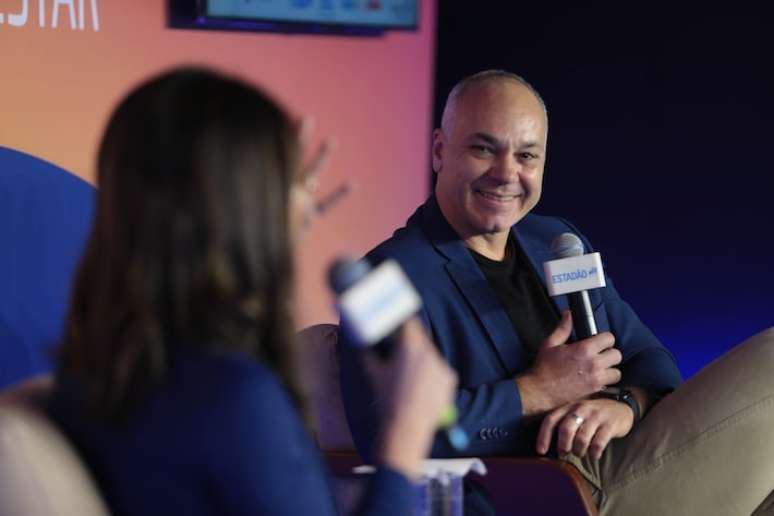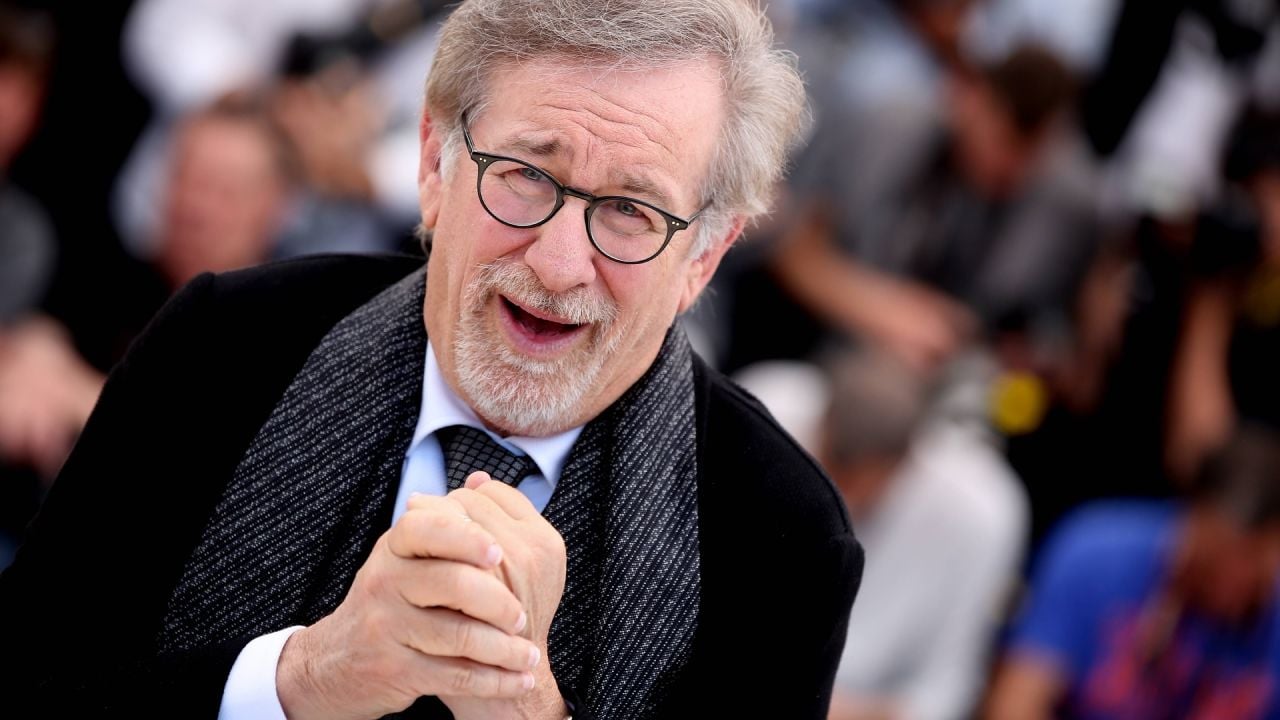The technique proposes to observe what is happening, whether it is a difficult emotion, a sensation of pain or even an environmental sound
In increasingly connected and accelerated times, finding moments of tranquility and emotional balance has become an ever greater challenge. In this context, meditation is slowly gaining popularity.
“Meditation is a broad term, comparable to sport. Just as when practicing a sport it is necessary to define the modality – be it swimming, football or athletics – the same happens with meditation“, explained awareness specialist Marcelo Demarzo, during the Health and Wellness Summitpromoted by Estadao this Sunday, 13.
He points out that there are different meditation techniques, from concentrated to analytical meditation, each with different cultural and philosophical contexts. Mindfulness, in turn, is one of these modalities, with a focus on training for full attention. “Awareness is like a little drawer in this vast universe of meditation,” compares the expert. According to him, the practice is “muscle training of attention”.
“Just as we train the body, we can also train the mind. Attention is fundamental in our daily lives and research shows that, on average, we spend half of our time distracted”, highlighted Demarzo. He explains that in mindfulness, the focus is not on emptying the mind or finding a deep state of tranquility, but on observing what is happening, whether it is a difficult emotion, a feeling of pain, or even of an ambient sound.
“There is no such thing as an empty mind. Mindfulness teaches you to let your thoughts flow, but not get attached to them. It’s about being present in the moment, even with an active mind,” he clarified. “Letting thoughts flow in the context of awareness means recognizing that they are there without fixating on them. When you notice that your mind is thinking about something specific, you simply observe those thoughts and then decide to redirect your attention,” added the specialist.
In practice, this can be done in a quiet place, as is common in traditional meditations, or during daily activities, such as walking or even while eating. “One of the principles of mindfulness is to focus on breathing, noticing the air coming in and out. In this process, it is normal for the mind to wander. The secret is not to fight it, but to observe the thoughts and adopt a friendly attitude towards them , then directing them and focusing on the present moment,” Demarzo explained.
According to the mindfulness specialist, the practice has scientific evidence. He explains that the concept was developed in the late 1970s, in the United States, by Dr. Jon Kabat-Zinn, who created the Mindfulness-Based Stress Reduction (MBSR) program. The project was initially applied in hospitals to help treat various pathologies, such as chronic pain, depression and anxiety disorders, obtaining positive results and expanding to other areas, such as education.
Several studies have emerged from this line of research. An example is a study published in JAMA Psychiatrywho studied adults with untreated anxiety disorders.
The participants were divided into two groups: Half received 10 to 20 mg of escitalopram, the generic version of Lexapro, a drug widely used to treat anxiety and depression. The other half participated in an eight-week mindfulness-based stress reduction program. The result was that both groups showed a reduction in anxiety symptoms at the end of the eight weeks.
As Kabat has shown, one of the benefits of “mindfulness” is stress reduction. Demarzo, for his part, underlines that the practice can contribute, for example, to improving concentration, memory capacity and reducing insomnia.
All of this can be helpful in avoiding mental health problems or serve as a complementary treatment for anxiety, depression, and even contribute to positive responses to health treatments. Despite this, he recommends starting the practice in more stable periods.
“If, for example, I experience depression or very intense pain, it is advisable to seek medical assistance. Subsequently, at a more stable time, it could be very useful to start the practice”, underlined the specialist. For those who want to get started, the expert offers some guidance:
- Start with breathing: One of the pillars of mindfulness is full attention to breathing. Concentrate on feeling the air enter and exit your body, without forcing it, simply observing its movement.
- Practice acceptance: During practice it is natural for thoughts, sensations or emotions to arise. Instead of pushing them away, observe them without judgment, acknowledging their presence and bringing your focus back to your breathing.
- Choose a time of day: Dedicate a few minutes a day to formal mindfulness practice. Marcelo Demarzo recommends starting with 5-10 minutes and gradually increasing it.
- Bring your attention to the present: During daily activities, such as eating, walking or brushing your teeth, try to focus on the present, observing the details of each action and preventing your mind from wandering.
- Comfortable posture: For formal practice, sit in a comfortable position, with your back straight and your feet flat on the floor. Posture helps keep the mind alert and receptive.
- Be kind to yourself: Awareness does not require perfection. The expert points out that sometimes it is natural to lose concentration; The important thing is to realize this and go back to practicing without self-criticism.
“Health and Wellness Summit – Has the Future of Health Arrived? It will take place today and tomorrow, the 14th, from 8:00 to 18:30, in the JK Iguatemi Shopping Event Space, in Sao Paulo. To register, go to this connection.
Source: Terra
Ben Stock is a lifestyle journalist and author at Gossipify. He writes about topics such as health, wellness, travel, food and home decor. He provides practical advice and inspiration to improve well-being, keeps readers up to date with latest lifestyle news and trends, known for his engaging writing style, in-depth analysis and unique perspectives.









